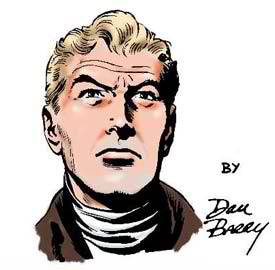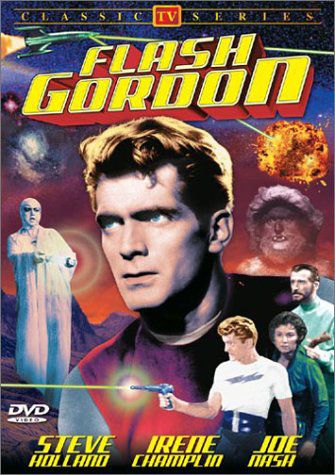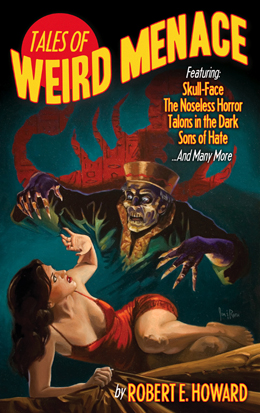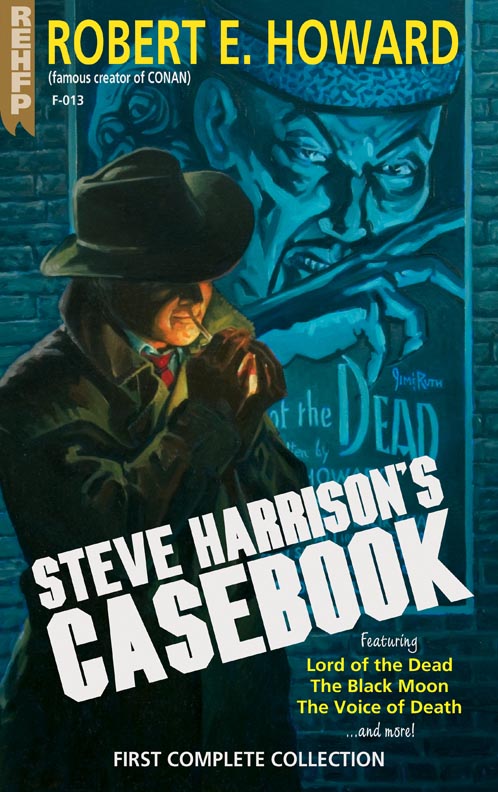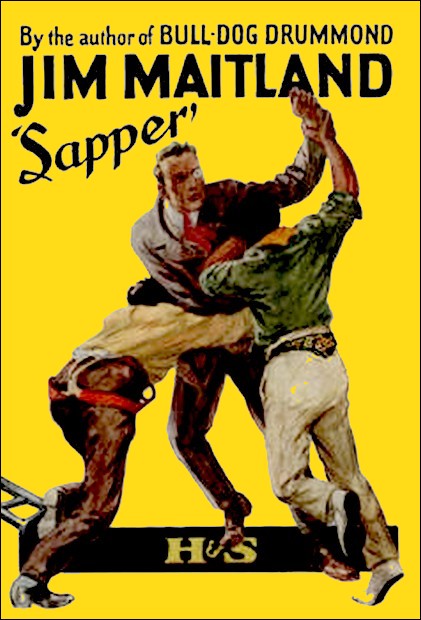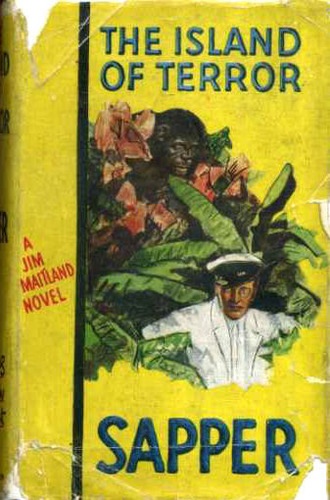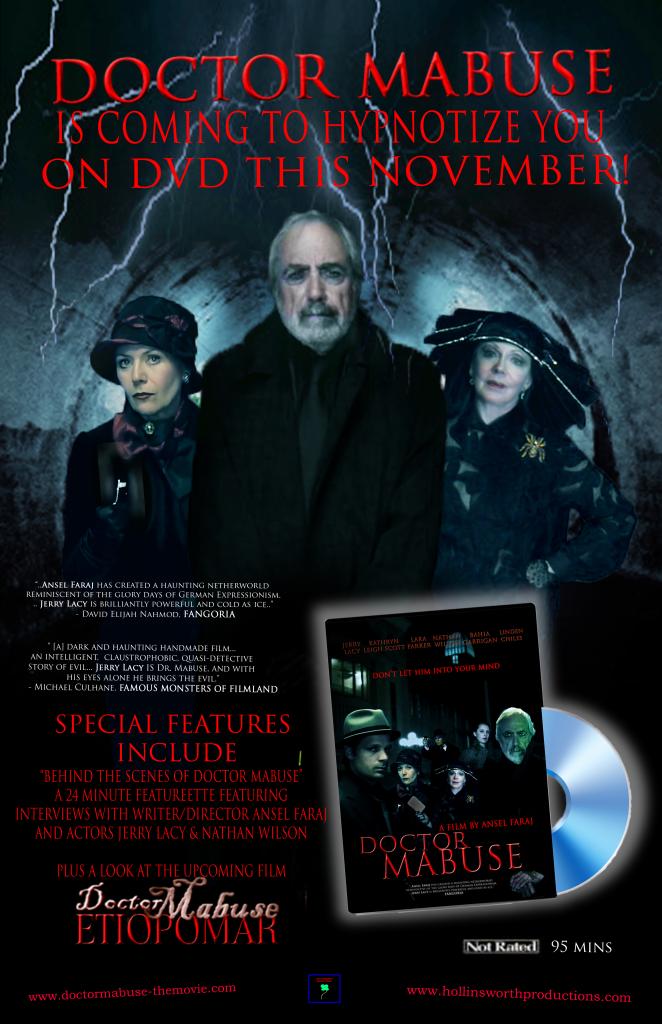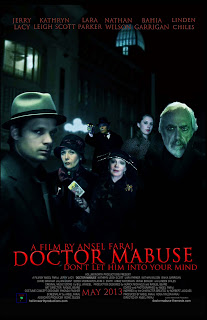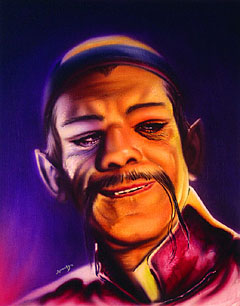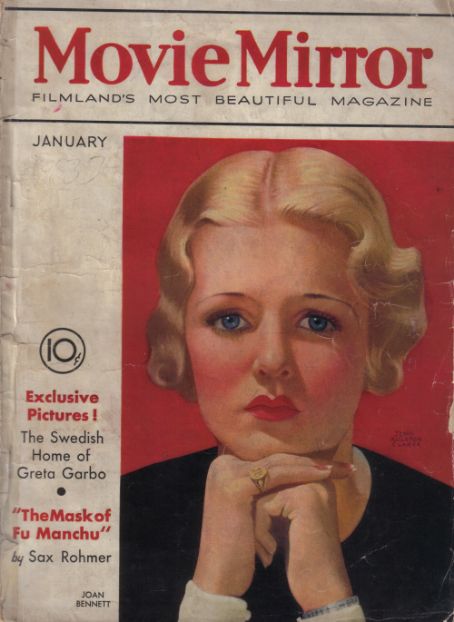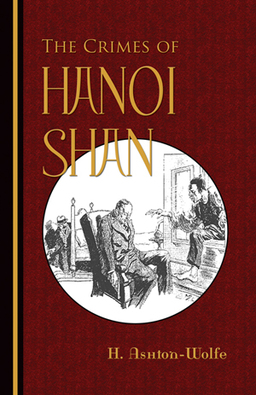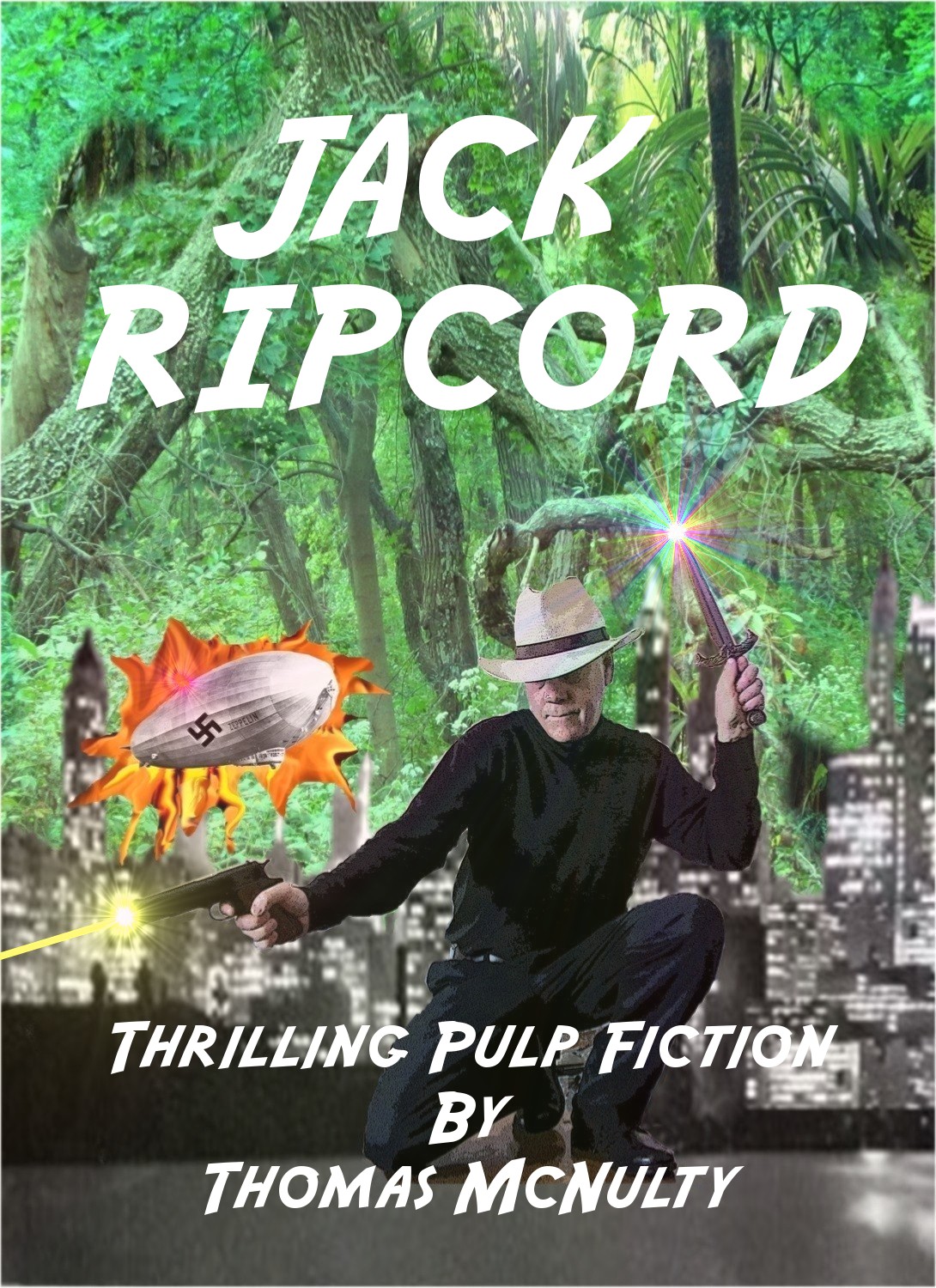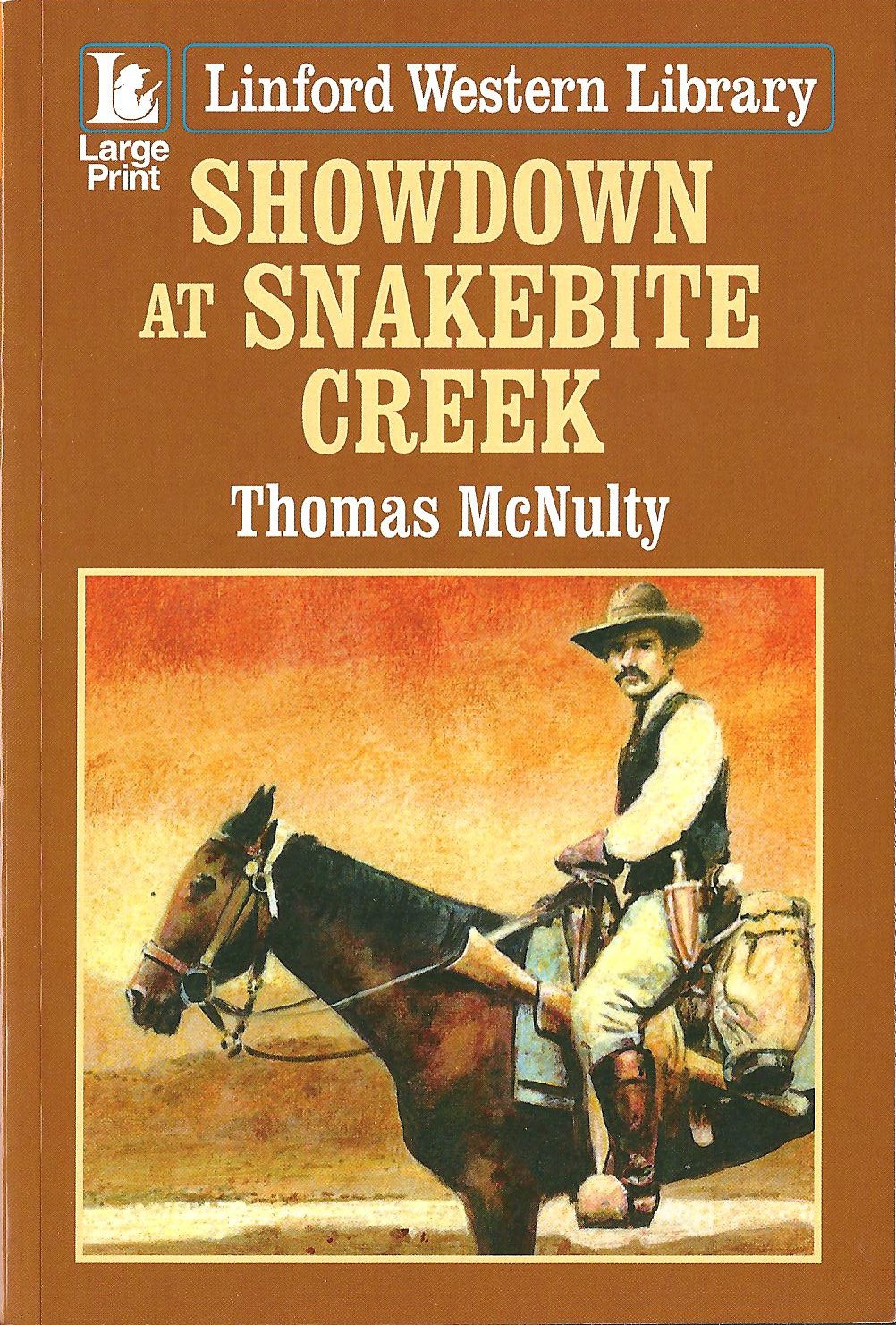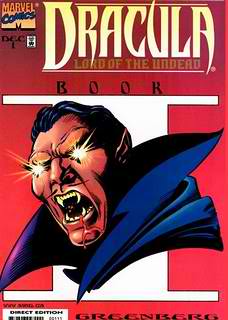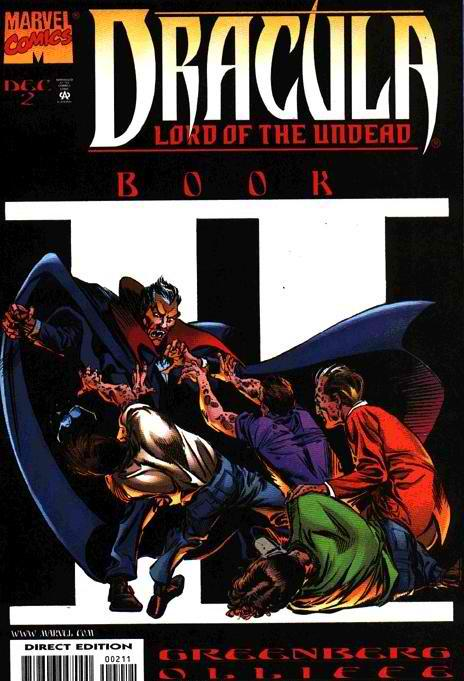Blogging Dan Barry’s Flash Gordon, Part Nine
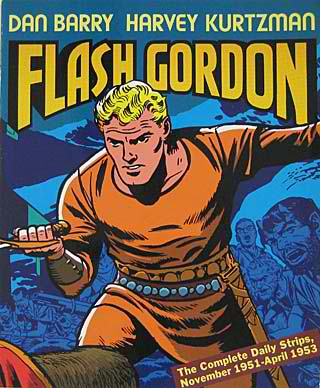
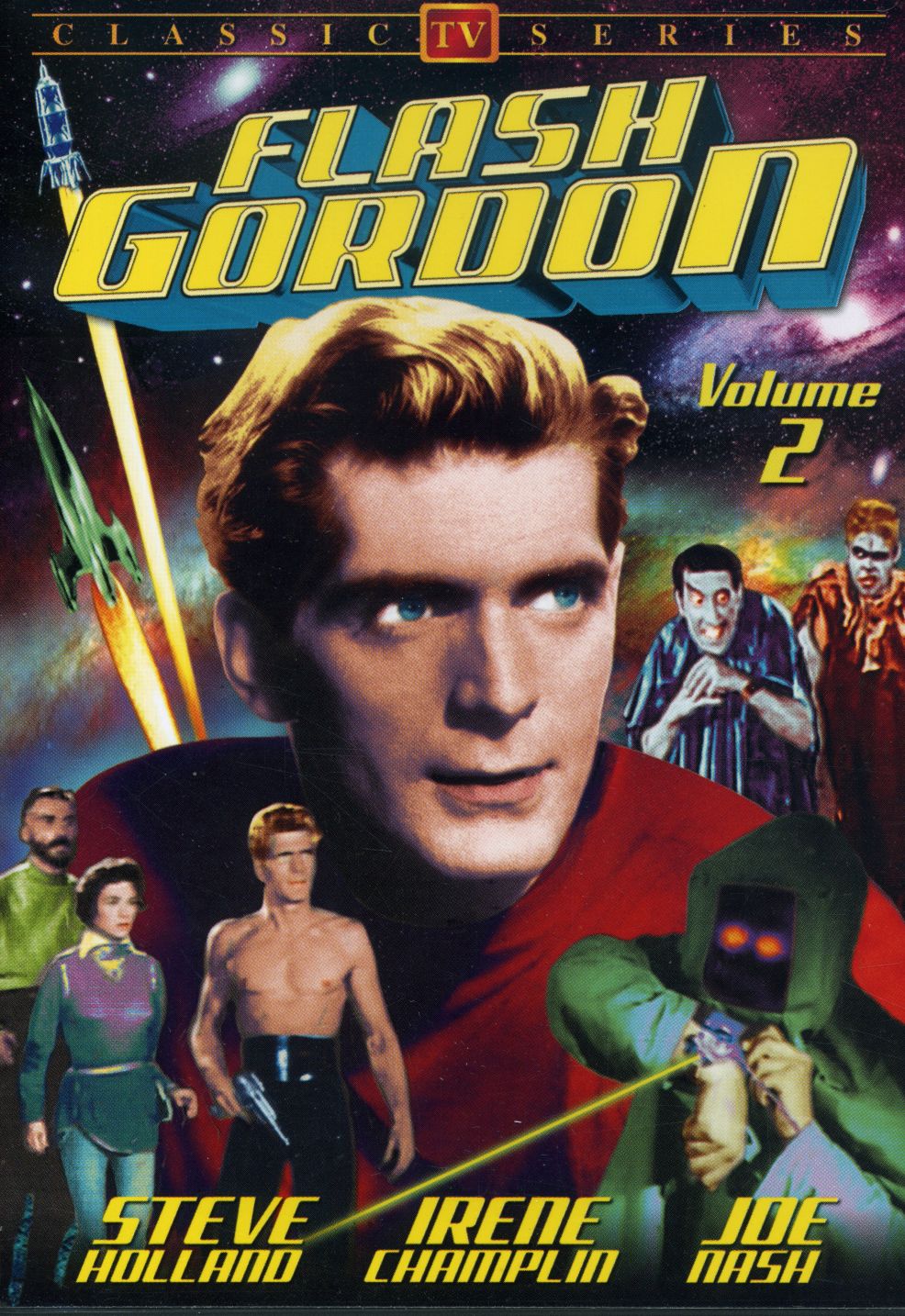 “The Martian Baby” by Dan Barry was serialized by King Features Syndicate from November 15, 1954 to February 5, 1955.
“The Martian Baby” by Dan Barry was serialized by King Features Syndicate from November 15, 1954 to February 5, 1955.
The story gets underway in another tranquil setting with Flash and Dale enjoying a picnic in the country (Dale is supporting a very short, but stylish new haircut) only to have their peaceful interlude disturbed by a flying saucer that buzzes them so closely they are forced to run for cover. The saucer lands and reveals its occupant is a Martian baby crying for its mother.
The baby is far heavier than it appears, absorbs all moisture (staying dry during rain), and munches away happily on flowers. Apart from that, the little tyke with the Mohawk seems human. While Dale’s maternal instincts quickly come to the fore, another saucer appears and obliterates the baby’s ship with a death ray beam. Flash, Dale, and the baby seek shelter in the woods. Dan Barry gives readers a glimpse of the exotic and beautiful alien female piloting the saucer and immediately diffuses the threat in accordance with the gender politics of the 1950s.
